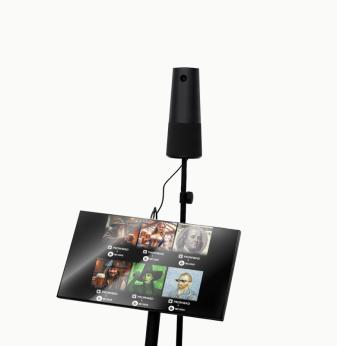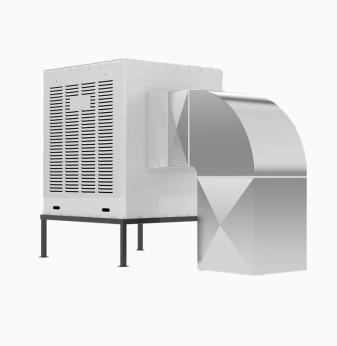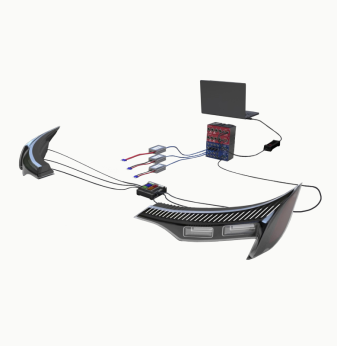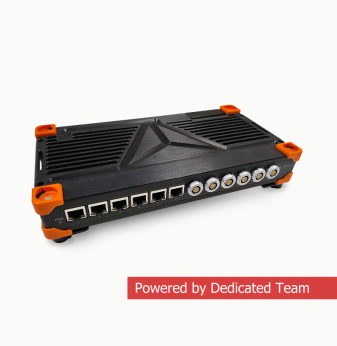Neuromorphic Chips: A New Paradigm for Edge Intelligence
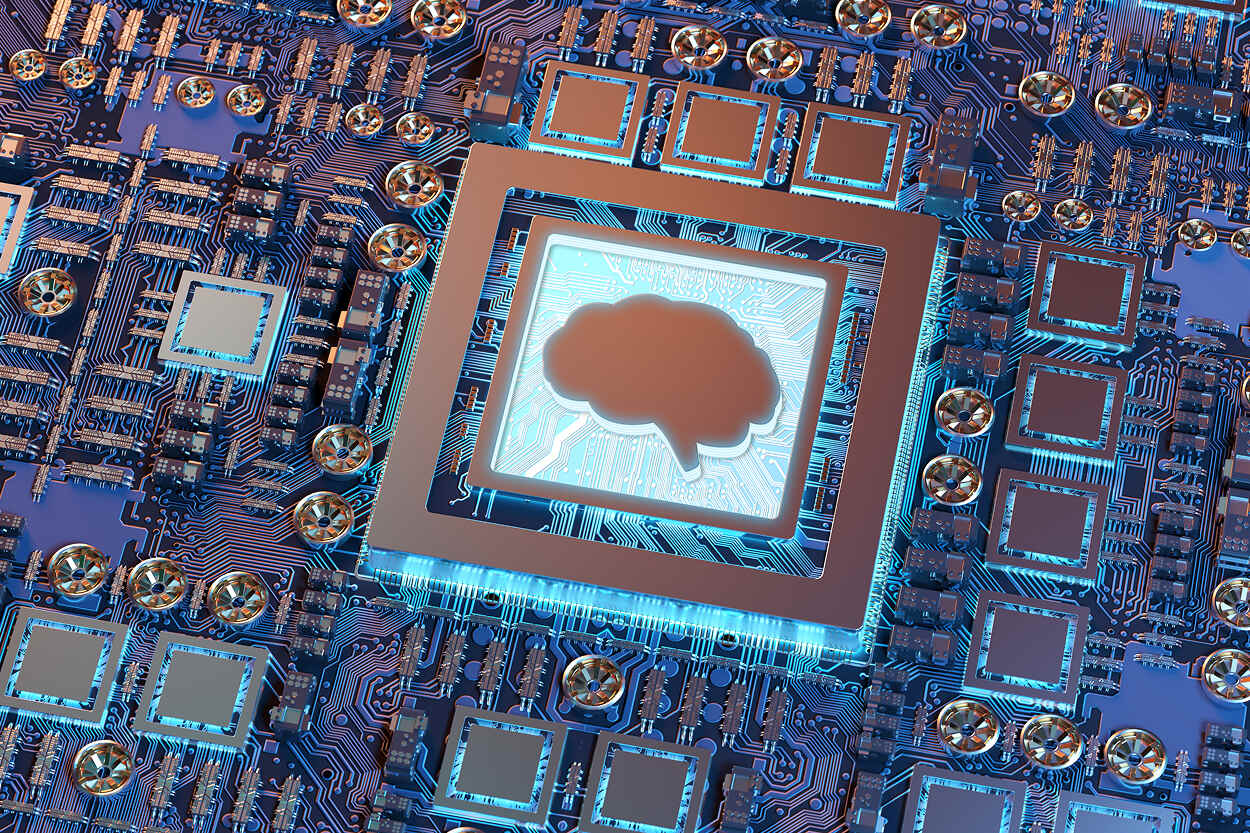
As embedded systems become more intelligent, energy-sensitive, and latency-critical, the traditional architectures—CPUs, DSPs, NPUs—are increasingly stretched. Neuromorphic chips propose a different path: instead of continuously polling inputs or executing dense neural workloads, they operate in an event-driven, sparse mode. They mimic the behavior of biological neurons: only activate when something meaningful happens. For edge devices that must adapt, respond, and conserve energy, neuromorphic architectures open doors that conventional AI accelerators barely scratch.
Neuromorphic designs change more than the hardware: they influence sensing, software, and system-level tradeoffs. Embedded devices can shift from seeing every frame to listening only to changes, from running heavy ML models continuously to reacting smartly. In what follows, I explore how neuromorphic chips work, where they lead conventional designs, real-world use cases, integration strategies, challenges, and how teams like Promwad can adopt them in future edge products.
Architectural Foundations of Neuromorphic Chips
Spiking Neural Networks & Sparse, Event-Driven Activation
Neuromorphic chips are built around spiking neural networks (SNNs). Rather than continuously computing on all neurons, only spikes (discrete pulses) carry information. The timing between spikes encodes data. This means the system is mostly idle until relevant events occur—great for power savings in edge systems where activity is intermittent.
Memory and Compute Co-location
One of the biggest costs in conventional architectures is moving data between memory and compute. Neuromorphic architectures reduce that gap by placing synaptic memory near the neurons or integrating synaptic weight storage within the compute fabric. This minimizes data movement, reducing energy and improving latency.
Asynchronous Operation & Fine-Grained Parallelism
Neuromorphic systems often avoid a global clock, relying on asynchronous or locally timed circuits. This enables fine-grained parallelism: each neuron module triggers independently. It handles variable workloads better and avoids the inefficiencies of synchronous pipelines waiting idle.
Plasticity & On-Chip Learning
Advanced neuromorphic chips support weight adaptation or plasticity. On-chip learning allows the system to adjust in the field—to new patterns, environmental changes, or device drift—without always sending data back to a cloud. This is powerful for embedded anomaly detection, calibration, or personalization.
Comparing Neuromorphic Chips with Conventional AI Accelerators
| Dimension | Conventional AI Accelerators | Neuromorphic Chips |
| Activation | Dense, continuous | Sparse, event-driven |
| Idle energy | Non-trivial | Very low or near zero |
| Latency for small events | Overhead in batching or pipeline startup | Immediate reaction |
| Data movement overhead | High, between separate memory & compute | Minimal, co-located storage |
| Adaptivity | Requires external retraining | Supports local, incremental adaptation |
| Optimized for sparse inputs? | Less efficient | Designed for sparsity |
Because many embedded workloads are intrinsically sparse—sensor readings, threshold events, gestures—neuromorphic chips can align more naturally to the workload, avoiding wasted cycles when “nothing happens.”
Use Cases & Examples in Edge Devices
Wearables & Health Monitoring
Wearables constantly monitor physiological signals (ECG, motion, temperature). With neuromorphic chips, devices can remain dormant until a system detects an anomaly or event. This dramatically extends battery life, enabling long-term continuous monitoring without cloud dependency.
Smart Sensors & IoT Nodes
In agriculture, structure monitoring, or environmental sensing, events (e.g. vibration, sudden temperature change) trigger processing. Neuromorphic cores detect anomalies locally, waking heavier systems only when needed. This reduces network traffic and improves responsiveness.
Robotics, Drones & Perception Preprocessors
Robots require fast perception. A neuromorphic vision front-end can detect motion or changes and signal more complex vision pipelines to engage. This prefiltering reduces load on conventional vision stacks and accelerators. In drones or mobile robots, it supports low-latency response with minimal energy.
Industrial Anomaly Detection
Vibration, acoustic, or electrical sensors monitor machinery health. Neuromorphic analyzers detect anomalous patterns in real time and alert systems or trigger edge compute only when needed—lowering false alarms and power use.
Human-Interaction Interfaces
Gesture recognition, voice onset detection, or gaze tracking are often sparse in time. Neuromorphic processing can detect onset events and switch on richer modules as needed. Some experimental systems show neuromorphic processors performing facial expression or gesture classification with orders-of-magnitude lower power.
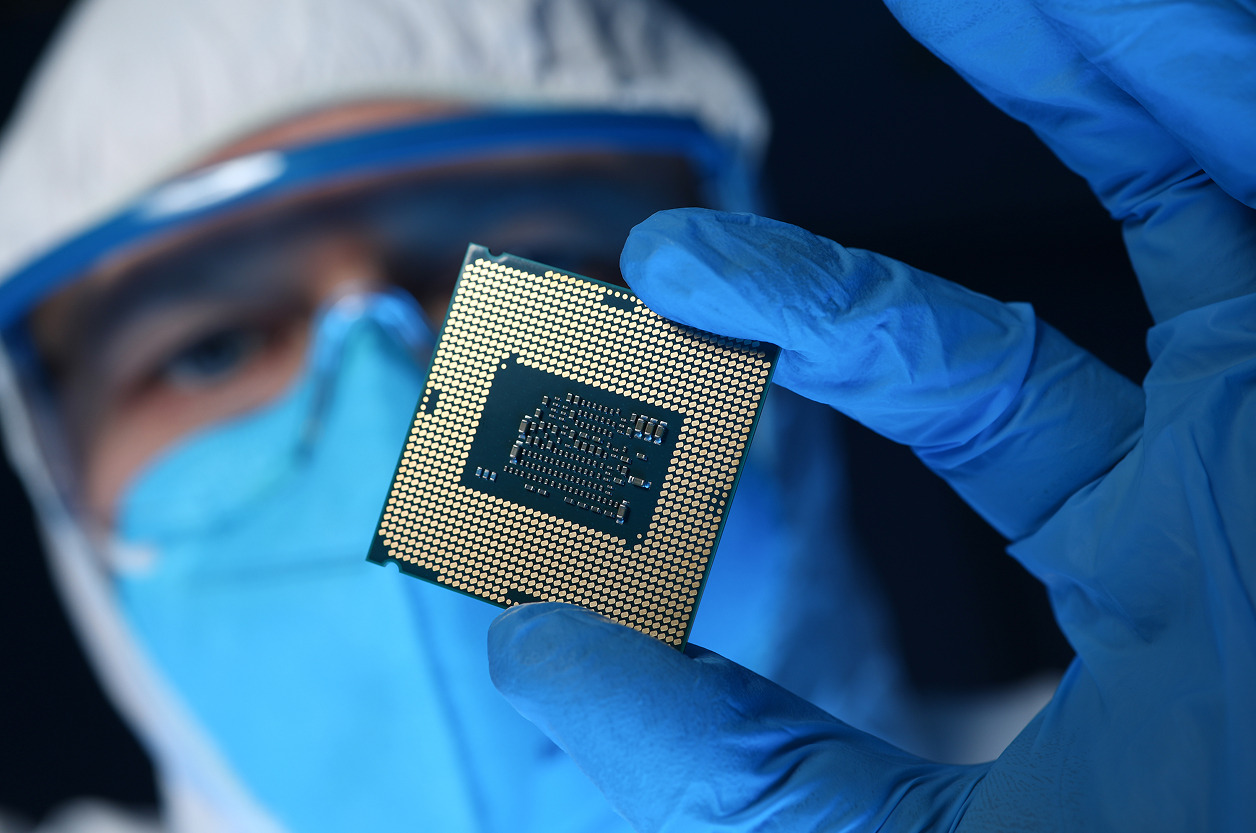
Integration Strategies & Hybrid Architectures
- Hybrid systems: Use neuromorphic cores for sparse event detection and conventional accelerators for heavy ML tasks. The neuromorphic part acts as a wake-up or filter stage.
- Module-level adoption first: Begin with discrete tasks (gesture detection, anomaly triggers) before full-system adoption.
- Abstraction layers: Build software wrappers that hide spiking complexity, presenting familiar interfaces to system engineers.
- Profiling & threshold tuning: Analyze sensor event rates, energy budgets, and latency requirements to set spike thresholds and topology.
- Incremental upgrades: Replace parts of legacy systems with neuromorphic modules gradually; maintain backward compatibility.
Challenges & Considerations
- Tooling & ecosystem immaturity: Programming and debugging SNNs is harder.
- Model mapping & conversion: Mapping conventional DNNs to spiking equivalents without losing accuracy is nontrivial.
- Hardware variance & mismatch: Analog variations or device mismatch require calibration and robustness strategies.
- Memory density limits: Scaling to large models demands efficient synaptic storage; balancing area, speed, and power is complex.
- Adoption risk: Engineers and toolchains are accustomed to conventional architectures; shifting paradigm demands time.
- Cost & availability: Neuromorphic chips are less mature in manufacturing; supply chain and cost may lag behind accelerators.
AI Overview: Neuromorphic Chips in Edge Devices
Neuromorphic Chips — Overview (2025)
Neuromorphic, event-driven architectures bring always-on intelligence to edge devices at a fraction of the energy and latency of conventional NPUs, enabling new product classes in wearables, robotics, and industrial sensing while cutting BOM power budgets and cloud dependence.
Key Applications:
Always-on health and safety wearables; vibration/acoustic anomaly detection on factory assets; low-latency vision triggers for robots/drones; smart cameras with event-based preprocessing.
Benefits:
Up to order-of-magnitude lower idle power in always-listening modes; sub-10 ms event-to-response paths; reduced data movement and backhaul; on-device adaptation for privacy and resilience.
Challenges:
Immature tooling and SNN model conversion; memory density constraints; calibration and robustness for real-world noise; procurement and cost vs. mainstream accelerators.
Outlook:
- Short term: hybrid pipelines where neuromorphic cores act as event filters before standard ML.
- Mid term: richer toolchains and on-chip learning for adaptive maintenance and HMI.
- Long term: neuromorphic front ends become default for battery-constrained, real-time edge intelligence.
Related Terms: spiking neural networks, event-driven computing, in-memory compute, on-device learning, low-power inference.
Our Case Studies

